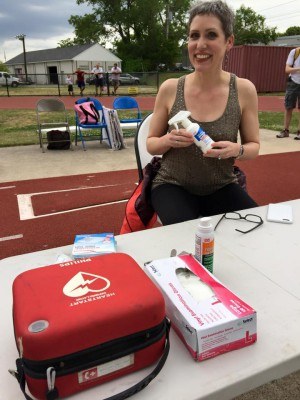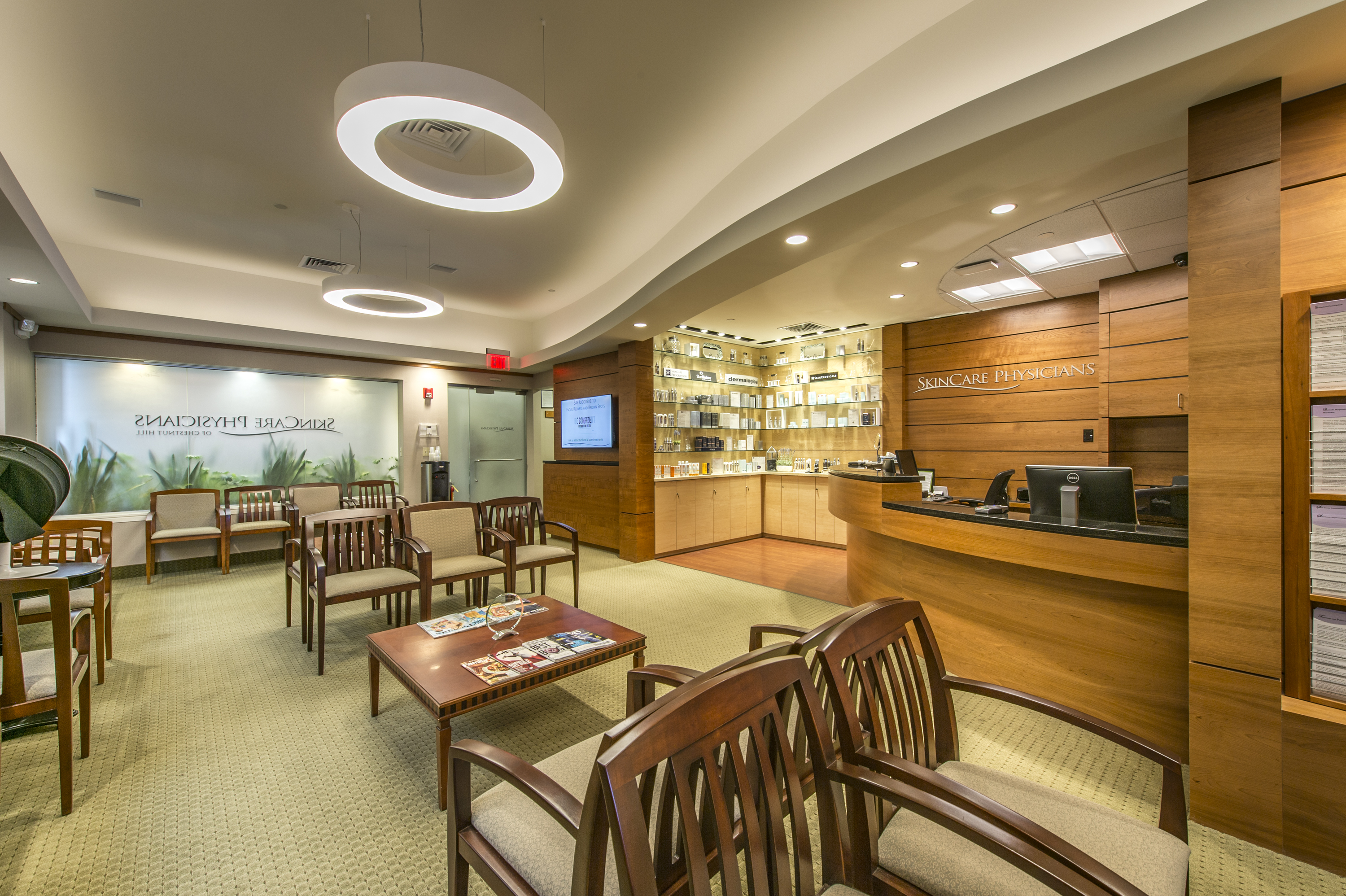‘Tis the season for kids’ scrapes and cuts: How to best treat them
 The fall sports season is well underway for kids and parent volunteers are essential to the success of youth sport programs. This year, I took on the challenge of running the First Aid table for two of my son’s meets. Sure, there were a few bumped and bruised knees, and one bloody nose. But by far the most common injuries I encountered among the kids were the scrapes and cuts, road rash and abrasions, after they took tumbles.
The fall sports season is well underway for kids and parent volunteers are essential to the success of youth sport programs. This year, I took on the challenge of running the First Aid table for two of my son’s meets. Sure, there were a few bumped and bruised knees, and one bloody nose. But by far the most common injuries I encountered among the kids were the scrapes and cuts, road rash and abrasions, after they took tumbles.
What’s the best way to treat these scrapes and cuts to minimize the risk of infection in the short term and scarring in the long term? Follow these easy steps.
Step #1: Clean the wound
The first step is to clean the wound gently to loosen debris, remove bacteria, and facilitate better assessment of the extent of the wound by removing blood and foreign material that might be obscuring a full view. Mild soap and warm water is the best first step, but if access to this is limited (as it is often at meets!) then a gentle wound wash is terrific. Wound washes are sterile saline solutions that are available in drug stores in spray bottles. These sprays can be sprayed gently and painlessly about 1 inch away from the wound. They can be sprayed directly onto a scrape or onto a gauze pad that can then be used to gently clean the area.
Step #2: Dry the wound off
After cleansing, dry the wound off gently along with the surrounding skin. Take a careful look at the injury and make the decision whether it can be cared for locally or if stitches are required. Any foreign material (splinters, gravel) that is easily visible can be gently dislodged. A deep wound where the bleeding cannot be easily stopped will need further medical attention, as will an injury where there is debris deeply embedded that cannot be easily removed.
Step #3: Apply a greasy ointment
If the scrape is relatively clean with minimal bleeding, applying a greasy ointment is the next step. Whether it is petroleum jelly, Aquaphor Healing Ointment, or bacitracin ointment, the application of a greasy ointment has been shown to hasten wound healing. The old wisdom that a wound needs to be exposed to air is untrue! Letting a scab form actually impedes healing. Keeping the site moist during the healing process is the best way to speed wound healing, minimize the risk of infection, and improve the appearance of any scarring down the road.
Step #4: Apply an adhesive bandage
Apply an adhesive bandage of the appropriate size to the scrape. Elbows and knees are tricky, especially with active kids! Larger, flexible bandages are more likely to stay in place. Change the bandage daily after cleansing with mild soap and water. Hydrogen peroxide is NOT recommended for cleaning a wound after the initial injury: it can actually slow wound healing! Colloidal bandages, such as Band-Aid Advanced Healing bandages, are often very useful to apply to superficial abrasions to promote wound healing. These can be applied to a clean wound and left in place for 2 or even 3 days. They are soothing and very flexible, which is helpful for dressing wounds over joints on active children!
Step #5: Watch for signs of infection
Expanding redness over a wound, a red streak extending from the site, or increasing pain over the area are signs of infections. Fever and chills are reasons to seek immediate medical attention.
Step #6: Use sunscreens on completely healed skin
After the skin has completely healed over, there will often be some residual brown or red pigmentation. This post-inflammatory pigmentation can take months to fade. Careful attention to sunscreens can help prevent further discoloration and help the pigment to fade more quickly.
If you have any questions about how to promote wound healing or how to improve the appearance of a residual scar after a scrape, don’t hesitate to contact your dermatologist at SkinCare Physicians near Boston!



Leave a Reply